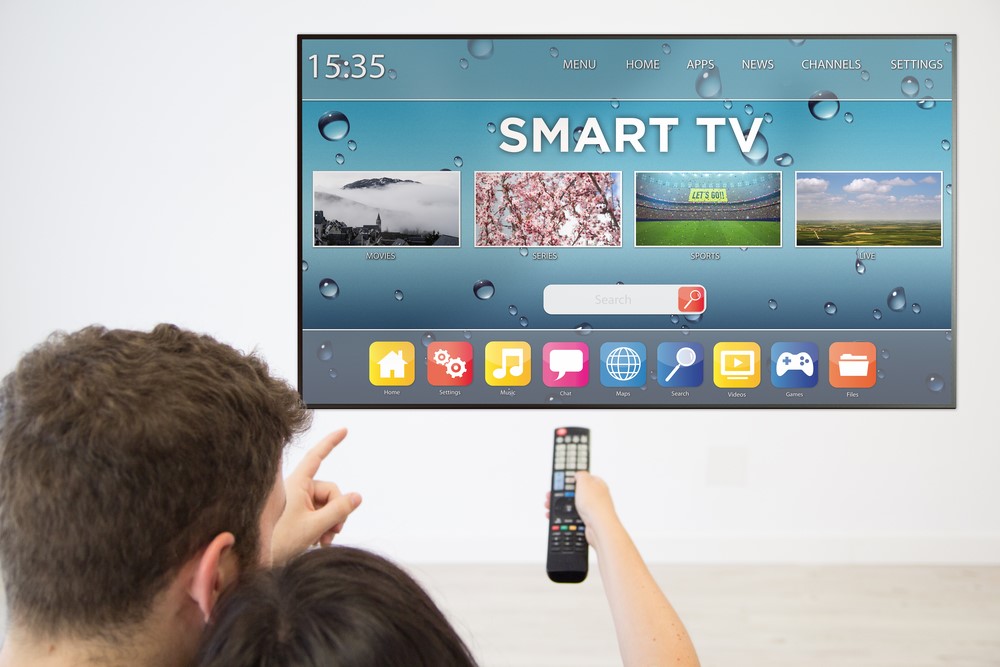TV Advertisers' Self-Inflicted Wounds

"These are the times that try men's souls," said Thomas Paine, father of the American Revolution. The media and advertising industries are certainly grappling with their own revolution and trying times with the spread of COVID-19 — and a potentially massive reduction in ad spending. This crisis exacerbates the peril that was already facing the traditional TV advertising model. Yet, our current desperate situation, in a bizarre twist, may offer the industry an opportunity to address the elephant sitting quietly in the room for the past 30 years: commercial creep.
Looking back, I'm not sure which has been more stunning: the ongoing yearly audience losses across primetime entertainment programming, or that this worrisome trend has persisted for so long and there have been few moves to counteract it. Yes, there are still billions spent on TV advertising. Yes, TV ads still yield a positive return on investment for marketers. But the drip, drip, drip of annual audience loss continues, and its severity is sometimes only masked by the steady delivery of primetime sports audiences.
And now, with the expansion of streaming and subscription services that are delivering a superior creative product and viewer experience, well, that annual drip, drip, drip will surely continue and may accelerate.
Maybe the erosion of traditional primetime TV viewership (not including sports) over the past 20-plus years was in such seemingly small increments that it was never a top priority for TV management to tackle. Maybe, because advertisers and agencies have always been willing to fill the TV company coffers each year, small audience losses were acceptable. Or, maybe the entertainment industry believed the hype in their Upfront presentations, when they claimed their newest, rock star head of programming would produce the next Seinfeld or Friends or Breaking Bad. Yet, audience erosion continues, and anyone who doesn't believe that commercial creep is, in part, responsible has never used a fast-forward button.
Commercial creep started as an effort to incrementally grow network TV revenues by inserting an extra unit into primetime programming — back when commercial pods were a tolerable ninety seconds. Now, the addition of extra commercials has become a necessary mechanism for TV distributors to maintain revenues as their audiences decline. I was part of the 4As opposition to commercial creep in the mid-1990s. But when the TV companies offered agencies and marketers a choice between either increasingour CPMs or theircommercial loads, we made the wrong choice, and then our CPMs increased anyway.
I would contend that the TV viewing experience has been so degraded through over-commercialization that primetime entertainment shows are unwatchable in real time. Sadly, there have been very few studies that have examined the impact of increased commercial loads on the effectiveness of ad campaigns. With the current reduction of ad dollars in the TV marketplace, now would be an ideal time for TV distributors to test the effect of reduced ad loads rather than just fire-selling inventory. To their credit NBCU, Discover0, and Xandr have all considered or implemented such actions.
So, what is the greatest impediment to testing the effectiveness of reduced commercial loads? Agencies and marketers won't accept the sticker shock of CPM increases that will accompany this action (simple supply-and-demand math). Here's the conundrum: Because they are more focused on cost-saving versus ad effectiveness, the buy-side (driven by the influence of procurement officers) continues to push for lower CPMs. The sell-side adds more commercial inventory to accommodate this. TV ads become less impactful in an over-commercialized environment. Viewers become more frustrated, cut the cord, or seek non-commercial alternatives. Rinse and repeat.
The losers in this vicious cycle won't be the programmers and distributors, but instead the advertisers. The transition to subscription services with no ads or limited ads will continue or accelerate. The TV companies will all provide some form of ad-free subscription service, which is a better business model for them. The reduced supply of ratings points/audiences/commercial units for sale on the supply side will then result in significantly higher CPMs for those remaining traditional TV ads.
Test, measure, quantify. If it can be shown that a 30- or 60- or 90-second commercial break is 20 or 50 or 100 percent more effective than the current over-commercialized environment, will the buy-side be willing to pay more for a cleaner environment? Or will they make the same poor choice our 4As TV committee made in the 1990s?
Don't stop now! Stay in the know on media strategy with more from Steve Grubbs.
Click the social buttons to share this story with colleagues and friends.
The opinions expressed here are the author's views and do not necessarily represent the views of MediaVillage.com/MyersBizNet.


